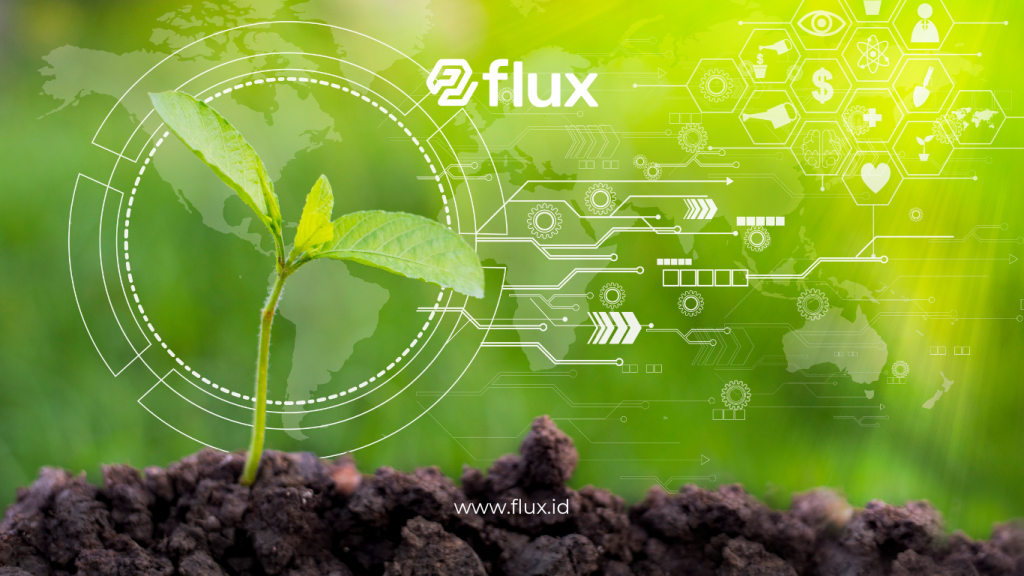Don't miss our holiday offer - 20% OFF!
Sustainable agriculture aims to create a production system that is environmentally friendly, efficient, and sustainable. The Internet of Things (IoT) technology enables smarter farming management through sensors, connected devices, and artificial intelligence (AI). IoT helps farmers increase productivity, optimize resource use, and minimize environmental impact. This article will discuss the importance of applying IoT in sustainable agriculture systems, the technologies used, and its benefits for farmers and the environment.
Contents
- 1 What is IoT Technology in Agriculture?
- 2 How Does IoT Work in Sustainable Agriculture Systems?
- 3 Benefits of Integrating IoT in Sustainable Agriculture
- 4 IoT Technology in Various Aspects of Sustainable Agriculture
- 5 Challenges of Implementing IoT in Agriculture
- 6 Solutions to Overcome IoT Challenges in Agriculture
- 7 Conclusion
What is IoT Technology in Agriculture?

Read More: Optimizing Agriculture with Soil Health Monitoring Sensors
IoT technology in agriculture refers to the use of sensors, connected devices, and cloud-based applications to manage farming activities automatically and in real time. By using data from sensors, farmers can monitor soil conditions, temperature, humidity, and the nutritional needs of crops.
Key Technologies in IoT Agriculture
- IoT Sensors: These sensors measure soil moisture, water quality, temperature, and other parameters.
- Edge Computing Devices: These devices process sensor data before sending it to the cloud.
- Cloud Computing: Data collected from IoT devices is stored and analyzed in the cloud.
- AI and Machine Learning: AI is used to make predictions and recommendations based on data.
How Does IoT Work in Sustainable Agriculture Systems?
IoT enables data-driven management of agricultural systems. The process involves several stages as follows:
- Data Collection: IoT sensors collect data related to weather, soil, and environmental conditions.
- Data Processing: The data is sent to the cloud to be analyzed using AI and machine learning.
- Decision-Making: Based on the data, the system provides recommendations to farmers, such as irrigation schedules, fertilization, or harvest predictions.
- Automated Actions: Some systems can automatically control irrigation or fertilization processes.
Benefits of Integrating IoT in Sustainable Agriculture

Read More: Achieving Precision Agriculture with IoT-Based Soil Nutrient Sensors
1. Efficient Use of Resources
IoT enables more efficient management of water and fertilizer through data-driven irrigation and fertilization processes.
2. Increased Productivity
With IoT, farmers can monitor plant growth in real-time, allowing them to take quick and precise action when needed.
3. Reduction of Environmental Impact
Optimizing the use of water and fertilizer helps reduce waste and pollution in the environment.
4. Real-Time Monitoring of Plant Conditions
Farmers can remotely monitor plant conditions using IoT applications, allowing them to detect issues earlier.
IoT Technology in Various Aspects of Sustainable Agriculture

Read More: The Digital Agriculture Revolution: IoT as a Decision-Making Support
1. Irrigation Management
IoT technology automates irrigation using soil moisture sensors. Water is only supplied when needed, making water usage more efficient.
2. Plant Health Monitoring
IoT sensors can detect plant diseases early, enabling preventive pest control.
3. Nutrient Management
Soil quality sensors allow precise fertilizer management, so farmers can provide the right nutrients according to plant needs.
4. Weather and Environmental Monitoring
IoT-based weather stations provide real-time weather data to farmers, allowing them to predict the best harvest times.
Challenges of Implementing IoT in Agriculture
1. High Investment Costs
The cost of IoT devices and initial installation can be high, especially for small farmers.
2. Internet Connectivity Requirements
A stable internet connection is required to send data to the cloud. In rural areas, connectivity is often a challenge.
3. Digital Skills
Farmers need training to operate IoT devices and analyze data.
4. Data Security
Data collected from IoT sensors needs to be protected to prevent misuse.
Solutions to Overcome IoT Challenges in Agriculture

Read More: A Guide to Using Soil Nutrient Sensors in Smart Agriculture
- Government Subsidies: Government subsidies for IoT devices can help small farmers adopt the technology.
- Education and Training: Training programs to improve farmers’ digital literacy.
- 5G Networks: Developing internet networks in rural areas to support IoT connectivity.
- Data Security: Implementing encryption and data protection policies for farmers.
Conclusion
The integration of IoT technology into sustainable agriculture systems offers significant benefits for farmers, the environment, and agricultural productivity. With smart sensors, real-time monitoring, and data-driven decision-making, farmers can optimize resource use and increase yields. Although challenges such as costs and connectivity exist, government support and technological providers can accelerate the adoption of IoT in the agricultural sector. By integrating IoT, sustainable agriculture systems can be achieved, creating a greener, more productive future.





